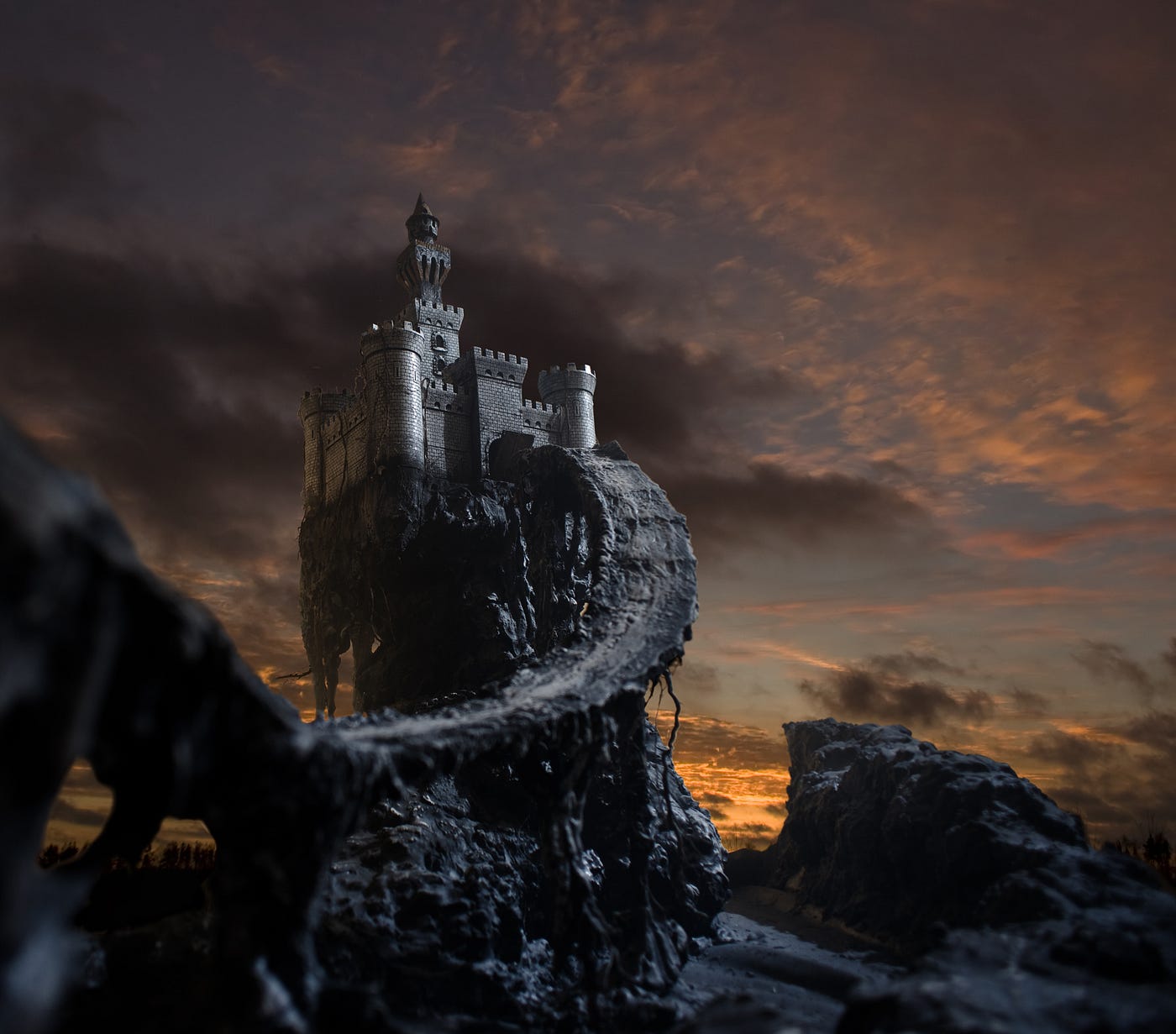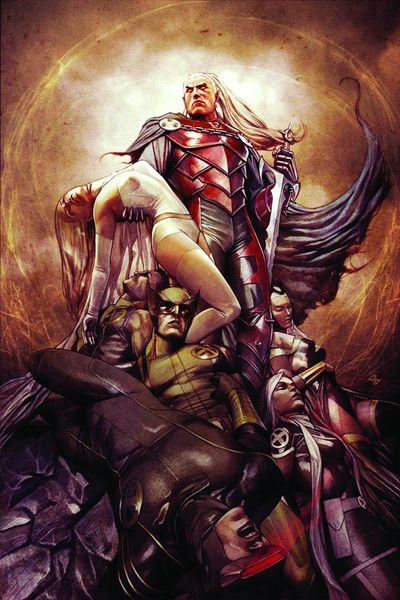

- impaler stock pictures, royalty-free photos & images.Vlad the Impaler died in 1476 at the age of 45 in Bucharest, Wallachia now Romania. Building plaque commemorating that 'vlad the impaler' lived here many years ago. - impaler stock illustrations.
Stoker's description of Dracula's crumbling fictional castle also bears no resemblance to Bran Castle.The castle is now a museum dedicated to displaying art and furniture collected by Queen Marie. There is no evidence that Stoker knew anything about this castle, which has only tangential associations with Vlad the Impaler, voivode of Wallachia, the putative inspiration for Dracula. Reader InteractionsCommonly known outside Transylvania as Dracula's Castle, it is often referred to as the home of the title character in Bram Stoker's Dracula.
2.1.2 Connection to Bram Stoker's DraculaHistory Wooden castle of the German Order In 1212, the Teutonic Order built the wooden castle of Dietrichstein as a fortified position in the Burzenland at the entrance to a mountain pass through which traders had travelled for more than a millennium. 1.2 Stone castle of the Kronstadt Saxons At the bottom of the hill is a small open-air museum exhibiting traditional Romanian peasant structures (cottages, barns, water-driven machinery, etc.) from the Bran region.
This Dietrich is the probable builder of the castle. "Dietrich's Stone", seems to have been derived from the Comthur (Commander) and regional Preceptor, frater Theodericus, mentioned in a 1212 document. The original name of the castle, Dietrichstein or lapis Theoderici in Latin, lit.
1386–95, 1397–1418) during whose period the customs point was established. It is believed the castle was briefly held by Mircea the Elder of Wallachia (r. Although many castles of the time belonged to members of nobility, it has been established that Bran Castle was built almost exclusively for fortification and protection of German colonists in Transylvania. In 1438–1442, the castle was used in defense against the Ottoman Empire, and later became a customs post on the mountain pass between Transylvania and Wallachia. Stone castle of the Kronstadt Saxons The first documented mention of Bran Castle is the act issued by Louis I of Hungary on 19 November, 1377, giving the Saxons of Kronstadt (modern Brașov) the privilege to build the stone castle at their own expense and labour force the settlement of Bran began to develop nearby.
Royal residence and aftermath With the 1920 Treaty of Trianon, Hungary lost Transylvania, and the castle became a royal residence within the Kingdom of Romania after being given to the royal house by the Saxons of Kronstadt-Braşov, who had no more use for it and no interest in financing the time-damaged property. Bran played a militarily strategic role up to the mid-18th century. 1471–1516) to repay loans, the city of Brașov regained possession of the fortress in 1533. At some point Bran Castle belonged to the Hungarian kings, but due to the failure of King Vladislas II (r.

Vlad The Impaler'S Castle Pictures Full Compliance With
In his reign he was under constant threat of attack from both Ottoman and Hungarian forces. Other than being colloquially known as the inspiration for Bram Stoker's titular character in the novel Dracula, Vlad III is known for committing brutal acts of war. On 1 June 2009 the Habsburgs opened the refurbished castle to the public as the first private museum in the country and presented in collaboration with Bran village a joint strategic concept to maintain their prominent role in the Romanian tourist circuit and to safeguard the economic base in the region."Dracula's Castle" Vlad the Impaler Vlad III Dracula, better known as Vlad The Impaler, was ruler of Wallachia on and off from 1448 to 1476. On administration of Bran Castle was transferred from the government to Archduke Dominic and his sisters, Baroness Maria Magdalena of Holzhausen and Elisabeth Sandhofer. In addition, an investigation commission of the Romanian government issued a decision in December 2007 reaffirming the validity and legality of the restitution procedures used and confirming that the restitution was made in full compliance with the law.

It is said he directly used the name Dracula after reading on the subject, but that his inspiration for Dracula was not solely based upon the historical figure. Connection to Bram Stoker's Dracula During Stoker's research on the region of Transylvania, he came across the brutal accounts of the atrocities committed by Vlad III. However, as there is a lack of written historical accounts from the region at that time, the idea cannot be completely discredited. Historians and scholars alike have concluded that Vlad III likely never set foot in the castle. It is said by historians that Castle Bran was chosen to be the colloquial location of Vlad III's imprisonment as it is a more haunting and dramatic looking structure than other castles of the region.
Romania decided to put a wider focus on marketing for tourism to the country and because of the location of Bran Castle, its dramatic architecture, and its supposed connection to Vlad III Dracula and his connection to Bram Stoker's Dracula, the Romanian government decided to market the castle as the "real Dracula Castle". In the 1970s the Communist Party of Romania was developing a closer relationship to the West. The current connection between Castle Bran and the Dracula legend (in both the sense of Vlad III Dracula and Bram Stoker's novel) is tourism-driven. Despite there being a connection between Stoker and Vlad III, there is still no known direct connection between Stoker's fictional castle and Bran Castle.The description of the castle in the novel Dracula does not match Bran Castle.
^ "Bran Castle official website". On the one hand, this was set up to bring tourism levels back up, such as giving certificates stating that the vaccine was given at the castle, but on the other hand it forms part of encouraging Romanians to get vaccinated due to a survey by Globsec that almost half of the population are not intending on getting vaccinated. However, a vaccination site was set up at the castle themed around Dracula, but with imagery involving needles in-place of fangs.
^ a b c Maurer, Friedrich (2015). Archived from the original on. "Buy a stake in Dracula's castle". ^ a b Middleton, Christopher ().


 0 kommentar(er)
0 kommentar(er)
